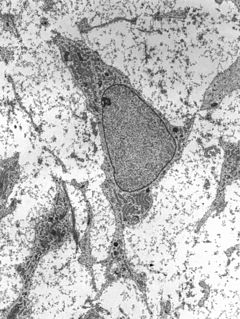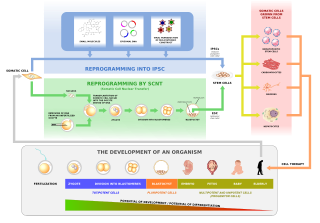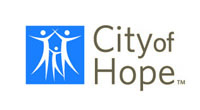Proposition 71 of 2004 (or the California Stem Cell Research and Cures Act) is a law enacted by California voters to support stem cell research in the state. It was proposed by means of the initiative process and approved in the 2004 state elections on November 2. The Act amended both the Constitution of California and the Health and Safety Code.

In political science, an initiative is a means by which a petition signed by a certain minimum number of registered voters can force a public vote in parliament called an indirect initiative or via a direct initiative, the latter then being dubbed a Popular initiated Referendum.

The Constitution of California is the primary organizing law for the U.S. state of California, describing the duties, powers, structures and functions of the government of California. Following cession of the area from Mexico to the United States in the Treaty of Guadalupe Hidalgo that ended the Mexican–American War, California's original constitution was drafted in both English and Spanish by delegates elected on August 1, 1849, to represent all communities home to non-indigenous citizens. The delegates wrote and adopted the constitution at the 1849 Constitutional Convention, held beginning on September 3 in Monterey, and voters approved the new constitution on November 13, 1849. Adoption of the "state" constitution actually preceded California's Admission to the Union on September 9, 1850 by almost ten months.
Contents
- Provisions
- The new institute
- ICOC membership
- CIRM membership
- Background
- Campaign
- Proponents
- Opposition
- Analysis
- Results of vote
- References
- External links
The Act makes conducting stem cell research a state constitutional right. It authorizes the sale of general obligation bonds to allocate three billion dollars over a period of ten years to stem cell research and research facilities. Although the funds could be used to finance all kinds of stem cell research, it gives priority to human embryonic stem cell research.

Stem cells are cells that can differentiate into other types of cells, and can also divide in self-renewal to produce more of the same type of stem cells.
A constitutional right can be a prerogative or a duty, a power or a restraint of power, recognized and established by a sovereign state or union of states. All constitutional rights are expressly stipulated and written in a consolidated national constitution, which is the supreme law of the land, meaning that any other laws which are in contradiction with it are considered unconstitutional and thus regarded as invalid. Usually any constitution defines the structure, functions, powers, and limits of the national government and the individual freedoms, rights, and obligations which will be protected and enforced when needed by the national authorities.

In finance, a bond is an instrument of indebtedness of the bond issuer to the holders. The most common types of bonds include municipal bonds and corporate bonds.
Proposition 71 created the California Institute for Regenerative Medicine (CIRM), which is in charge of making "grants and loans for stem cell research, for research facilities, and for other vital research opportunities to realize therapies" as well as establishing "the appropriate regulatory standards of oversight bodies for research and facilities development". [1] The Act also establishes a governing body called the Independent Citizen’s Oversight Committee (ICOC) to oversee CIRM.

The California Institute for Regenerative Medicine (CIRM) was created in 2004 after 59% of California voters approved California Proposition 71, which allocated $3 billion to fund stem cell research in California.
Proposition 71 is unique in at least three ways. Firstly, it uses general obligation bonds, which are usually used to finance brick-and-mortar projects such as bridges or hospitals, to fund scientific research. Secondly, by funding scientific research on such a large scale, California is taking on a role that is typically fulfilled by the U.S. federal government. Thirdly, Proposition 71 establishes the state constitutional right to conduct stem cell research. The initiative also represents a unique instance where the public directly decided to fund scientific research.
A general obligation bond is a common type of municipal bond in the United States that is secured by a state or local government's pledge to use legally available resources, including tax revenues, to repay bond holders.

The Federal Government of the United States is the national government of the United States, a federal republic in North America, composed of 50 states, a federal district, five major self-governing territories, and several island possessions. The federal government is composed of three distinct branches: legislative, executive, and judicial, whose powers are vested by the U.S. Constitution in the Congress, the President, and the federal courts, respectively. The powers and duties of these branches are further defined by acts of congress, including the creation of executive departments and courts inferior to the Supreme Court.











